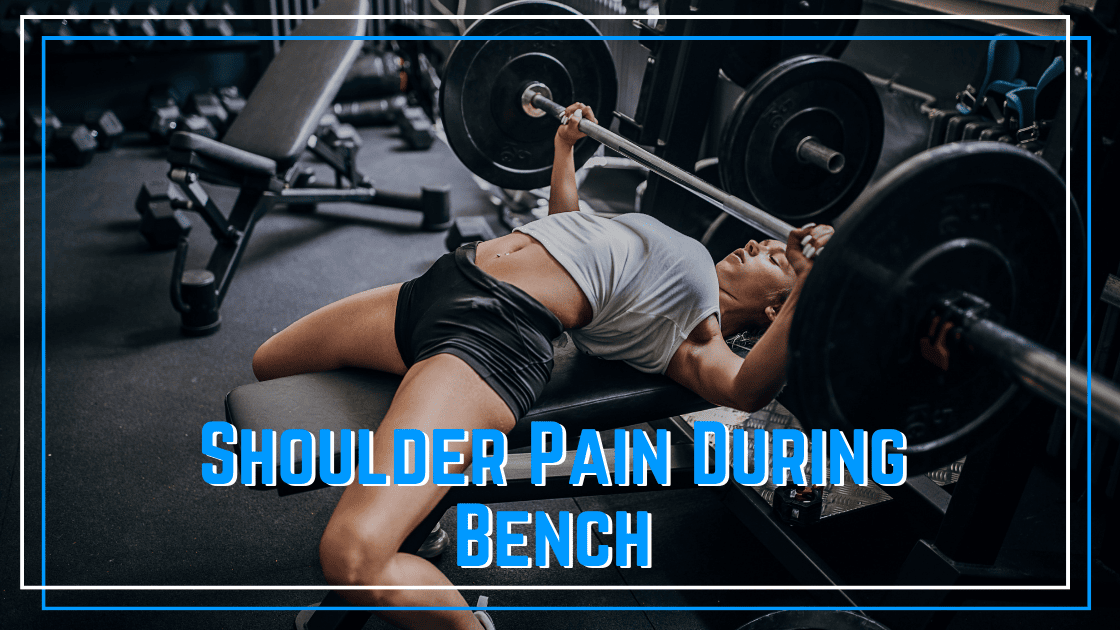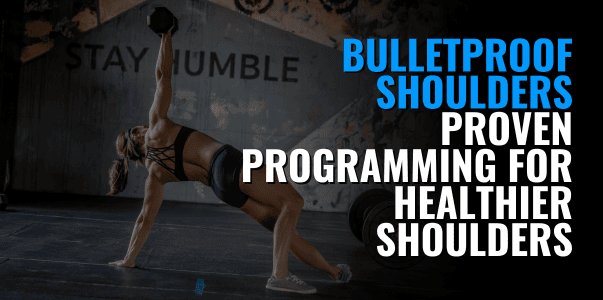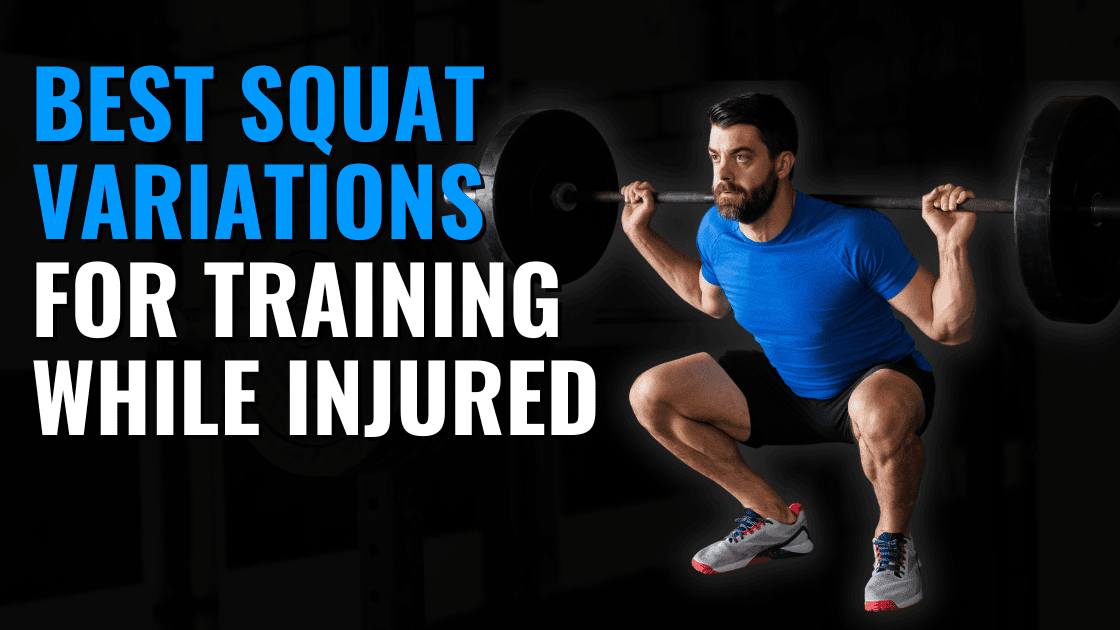Everyone’s favorite lift that too frequently comes with a nagging ache in your shoulders. While the bench press is among the best exercises for building upper body pushing strength, we all hate when that tweak happens and forces us to back off our training for a few sessions. Here are six things you can do to eliminate shoulder pain during the bench press.
Eliminate Shoulder Pain During the Bench Press!
Examine Training Volume
With any training injury, the first place to start in your rehab process is to reflect on your recent training changes. We frequently see tweaks occur when an athlete has accidentally made too large of a jump in their training volume, and their body struggles to recover from this rapid spike.
For example, if you decide that your training needs to prioritize bench strength, you bump up your bench press frequency from once a week to three times a week.
Training is always a balance of stress placed on the body and resources to recover from that stress. Always start your rehab by considering this balance.
Address Shoulder Extension or Thoracic Mobility Limitations
The second area I like to address when treating shoulder pain during the bench press is mobility. For many athletes, stiffness of the shoulder moving into extension (arm behind you) will result in anterior shoulder pain during the bench.
Thoracic spine (upper back) stiffness will also impact your bench. When stiff, athletes won’t be able to arch as much on the bench, making it harder to set their upper back in perfect position.
Program Recommendation: Unlock your upper back mobility with our Thoracic Mobility Overhaul program!
Lock the Shoulder Blades into Retraction
Shoulder blade positioning during the bench is crucial. We want the shoulder blades pinned down and back towards each other with the upper back arched. Retracting the scapula will allow the athlete to put the weight of their upper back on the upper, inner part of the shoulder blades for increased stability. This position will be maintained throughout the entire bench for a solid base to press from.
Many athletes with shoulder pain struggle to maintain this shoulder blade position. As the bar descends, their shoulder will roll forward. This often happens when athletes lack shoulder extension mobility and dump forward when their mobility runs out. Other times, it occurs when athletes need more awareness of locking the scapula in place with the upper back muscles.
Note: most bench press pads suck for helping with your upper back positioning. The Thompson Fat Pad is our favorite bench press for shoulder health.
Strengthen the Rotator Cuff
Up next in our plan to eliminate shoulder pain during the bench press is strengthening the rotator cuff. We can do a thousand different exercises for the rotator cuff, but I must mention that I frequently see athletes ignoring strengthening the subscapularis rotator cuff muscle. The subscap is the largest of the four rotator cuff muscles and strengthening it often pays off significantly for bench press shoulder pain.
Article: Best Rotator Cuff Strength Exercises
Bench Press Modifications with Shoulder Pain
All of the above will help us speed up recovery when you get bench press shoulder pain. But improving your mobility & strength will take time, and we want to be back benching NOW!
So, to stay in the gym and continue improving your strength, three bench press modifications often help athletes continue training through shoulder pain.
First, adjust your grip width and upper arm angle. The narrower we go and the closer we keep our elbows to our side, the less shoulder pain we typically experience. While a close-grip bench won’t be most athletes’ strongest position, it will help build pushing strength with less pain.
The second modification I’ll make if an athlete’s shoulder is painful is to adjust the range of motion. Most of the time, the bottom of the bench press is the most painful position.
So, let’s continue pressing heavy while avoiding those positions that aggravate by performing more floor presses’ and board presses. Both are great exercises to increase your bench press.
Finally, we can combine reduced range of motion and altered arm position with a neutral grip DB floor press, which is very friendly for achy shoulders that still want to bench press.
Related article: Elbow Pain in the Bench Press







